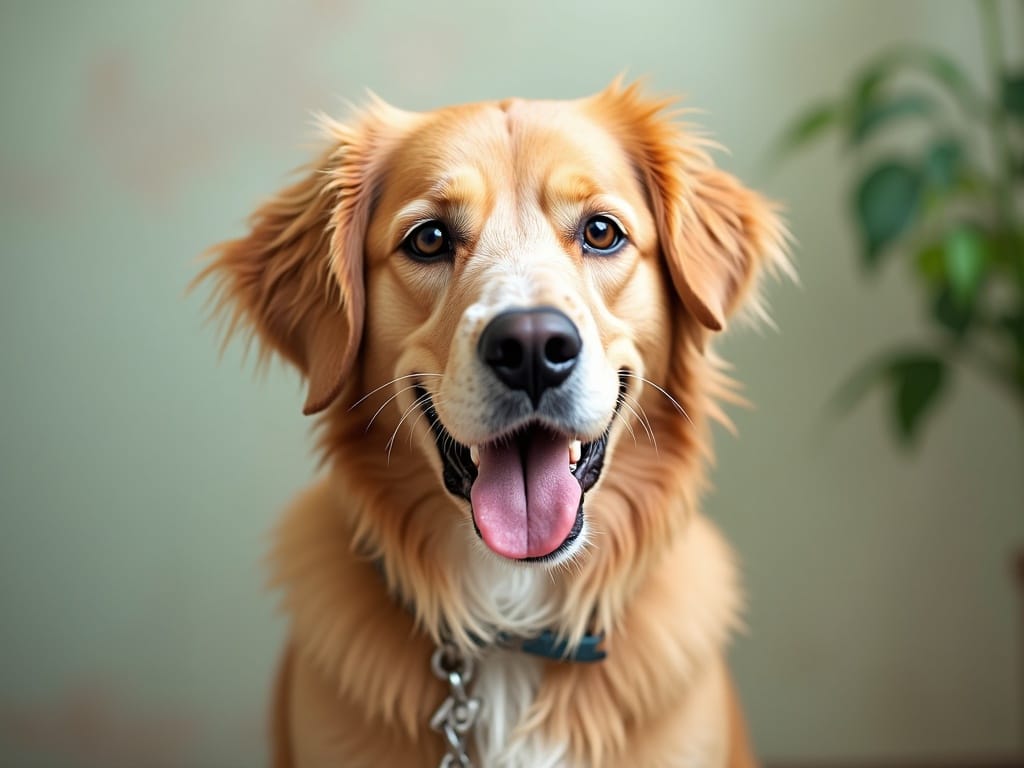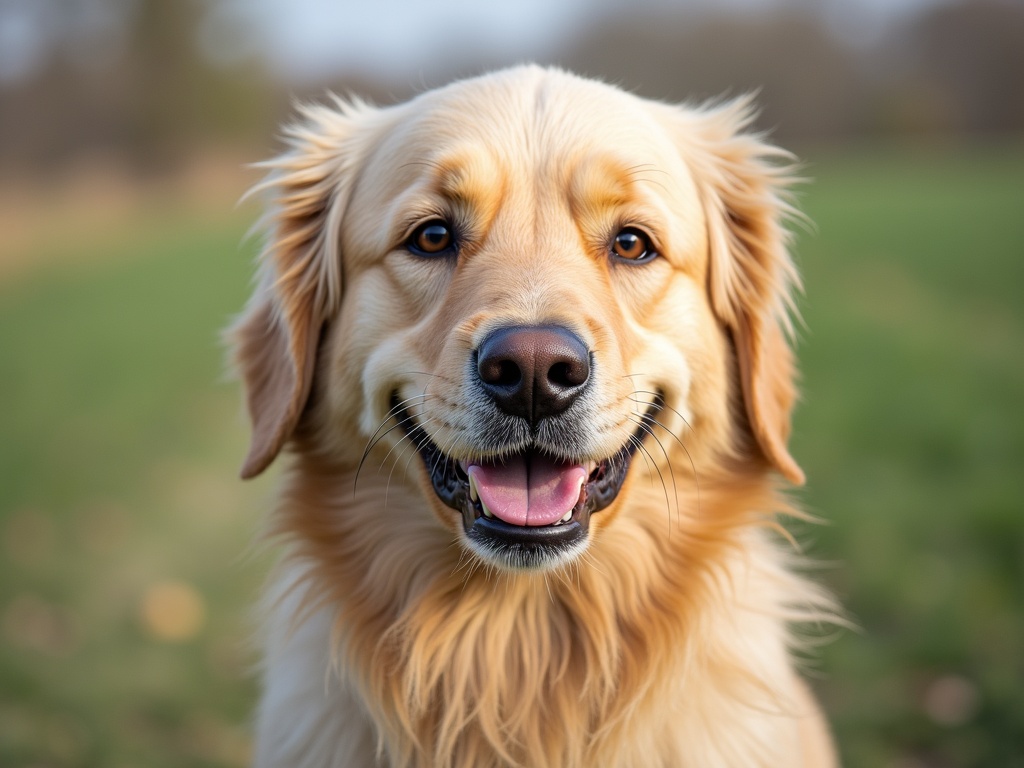Is Your Old Dog Set in Their Ways? Proven Tips for Teaching New Tricks!
Ever heard the saying, You can't teach an old dog new tricks? It's a common belief, but when it comes to our canine companions, it's simply not true! While it might require a little more patience and understanding, older dogs are absolutely capable of learning and adapting. In fact, training can be incredibly beneficial for their physical and mental well-being. So, if you're wondering whether your senior dog can still learn, the answer is a resounding YES! Let's explore how to unlock your older dog's learning potential and strengthen your bond in the process.
Defining Older Dog: When Does Senior Status Begin?
Before diving into training techniques, let's clarify what we mean by older dog. Generally, smaller breeds are considered senior around 10-12 years of age, while larger breeds reach senior status around 7-8 years. However, it's essential to consider individual health and vitality. Some dogs may remain energetic and spry well into their senior years, while others might show signs of aging sooner. Ultimately, consult with your veterinarian to determine when your dog officially enters their golden years.
Debunking Myths About Older Dog Training
The myth that older dogs can't learn new tricks likely stems from the misconception that their brains become less adaptable with age. While it's true that cognitive function can decline somewhat, it doesn't mean learning is impossible. Older dogs might learn at a slightly slower pace, but they possess a wealth of life experience and often have a strong desire to please their owners. With the right approach, you can tap into their existing knowledge and build upon it.
Understanding Age-Related Challenges
As dogs age, they may experience several physical and cognitive changes that can influence their trainability. These include:
- Cognitive Decline: Some older dogs develop cognitive dysfunction syndrome (CDS), similar to Alzheimer's in humans. This can affect memory, learning, and awareness.
- Arthritis: Joint pain and stiffness can make certain movements uncomfortable or impossible.
- Sensory Changes: Hearing and vision often decline with age, making it harder for dogs to perceive commands and cues.
Understanding these challenges is crucial for adapting your training methods to accommodate your dog's needs.
Benefits of Training for Older Dogs
Training isn't just for puppies; it offers numerous benefits for older dogs, including:
- Mental Stimulation: Learning new things keeps their minds sharp and engaged, helping to combat cognitive decline.
- Physical Activity: Gentle training exercises can improve mobility and maintain muscle mass(always consult your vet before starting any new physical activity with your dog).
- Improved Bond: Training provides an opportunity for positive interaction and strengthens the connection between you and your dog.
- Behavioral Improvement: Addressing unwanted behaviors like barking or chewing can improve their quality of life and yours. Assessing Your Dog's Current Abilities
Before starting any training program, take stock of your dog's current physical and mental state. Consider the following:
- Physical Limitations: Are they experiencing any pain or stiffness? Can they easily sit, stand, and lie down?
- Existing Commands: What commands do they already know and consistently obey?
- Motivation: What motivates them? Are they food-motivated, toy-motivated, or praise-motivated?
This assessment will help you tailor the training to their individual needs and abilities. If you need advice on leash training, check out these articles: [Is Your Pup Ready? Decoding the Ideal Dog Leash Training Age</a>,Heel vs. Loose Leash: The Ultimate Dog Walking Showdown</a>].
Tailoring Training Methods for Seniors
Training an older dog requires a different approach than training a puppy. Here are some key considerations:
- Adjusting Pace: Keep training sessions short and frequent, rather than long and exhausting.
- Duration: Limit each session to 5-10 minutes to avoid overstimulation or fatigue.
- Reward Systems: Use high-value treats in small portions, and don't be afraid to incorporate praise and gentle petting.
Positive Reinforcement Techniques
Positive reinforcement is the most effective training method for dogs of all ages, but it's especially important for seniors. Focus on rewarding desired behaviors rather than punishing mistakes. This creates a positive and encouraging learning environment.
- Treats: Use small, tasty treats that your dog loves.
- Praise: Offer enthusiastic verbal praise and gentle physical affection.
- Toys: If your dog is toy-motivated, use their favorite toy as a reward.
Remember to deliver the reward immediately after the desired behavior to create a clear association.

Introducing New Commands Gradually
Break down complex tasks into smaller, more manageable steps. For example, if you're teaching your dog to stay, start by asking them to stay for just a few seconds, gradually increasing the duration as they improve. Celebrate each small victory along the way. Regular obedience training can have great outcomes; see more here: https://www.healthypuptraining.com/offer-page-2/.
Addressing Specific Behavioral Issues
Older dogs may develop behavioral issues like excessive barking, chewing, or separation anxiety. These behaviors can often be addressed with patience, understanding, and targeted training. It is important to rule out any underlying medical conditions that may be contributing to the behavior.
- Barking: Identify the triggers for barking and try to eliminate or manage them.
- Chewing: Provide appropriate chew toys to redirect their chewing behavior.
- Separation Anxiety: Gradually acclimate your dog to being alone for short periods.
Nutrition and Exercise Considerations
Proper nutrition and adequate exercise are essential for maintaining your older dog's health and well-being, which in turn impacts their trainability. Consult with your veterinarian about the best diet for your dog's age and activity level. Gentle exercise, such as short walks or playtime, can help improve their mobility and energy levels.
Creating a Safe and Comfortable Training Environment
Minimize distractions and ensure your dog is comfortable during training sessions. Choose a quiet location with good lighting and a soft surface. Avoid training in areas with slippery floors, which can be difficult for older dogs with joint problems.
Managing Expectations
It's important to set realistic goals for your older dog's training. They may not learn as quickly as a puppy, and they may have physical limitations that prevent them from performing certain tasks. Focus on celebrating small victories and enjoying the process of learning together.
When to Seek Professional Help
If you're struggling to train your older dog, don't hesitate to seek professional help. A veterinarian can rule out any underlying medical conditions that may be affecting their behavior. A certified dog trainer or behaviorist can provide guidance and support, and help you develop a customized training plan.
Maintaining Consistency
Consistency is key to success when training any dog, but it's especially important for older dogs. Practice commands regularly and reinforce positive behaviors consistently. This will help them retain what they've learned and solidify their understanding.
The Role of Patience
Training an older dog requires a lot of patience and understanding. There will be days when they seem disinterested or confused. Don't get discouraged! Keep your training sessions positive and encouraging, and remember to celebrate every small success. The bond you share with your older dog is precious, and the effort you put into training will only strengthen that bond.

